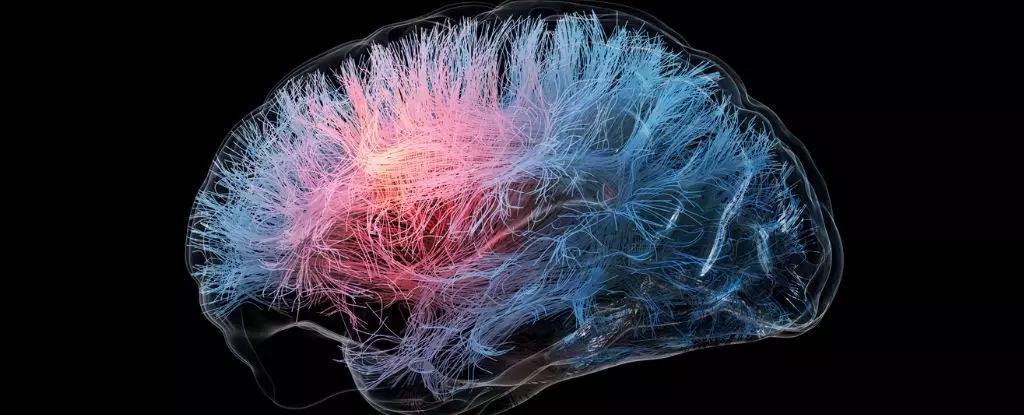As we plunge deeper into the battle against Alzheimer’s disease, emerging therapies hold tremendous promise for enhancing the quality of life for patients. Yet, recent findings reveal a troubling truth: not all patients may benefit equally, particularly when it comes to gender. While drugs like lecanemab have shown potential in prolonging cognitive independence, new analyses suggest marked differences in efficacy between male and female patients. This alarming disparity prompts essential questions about the future direction of Alzheimer’s research and treatment strategies.
Lecanemab: A Beacon of Hope or a Gender-Specific Solution?
Lecanemab, an intravenous therapy approved by the FDA in 2023, has been highlighted for its capability to slow cognitive decline by as much as 27 percent compared to placebo treatments. Nevertheless, a closer look at clinical trial data—namely a phase 3 study referred to as CLARITY AD—exposes a significant gender gap. Males exhibited a remarkable 43 percent reduction in cognitive decline, while females recorded only a meager 12 percent. This discrepancy raises critical issues about the drug’s effectiveness, or lack thereof, among women, who account for a substantial portion of Alzheimer’s patients.
Such stark contrasts in outcomes warrant scrutiny, meticulously questioning whether the formulation and intended actions of lecanemab align with the biological differences inherent between the sexes. Neuroscientist Daniel Andrews and his team’s findings suggest that while lecanemab may work effectively for male patients, its utility for females remains uncertain and possibly limited.
Methodological Flaws: A Need for Comprehensive Analysis
Critics have rightfully pointed out the methodological limitations of the study. The trial’s sample size proved inadequate for separated subgroup analysis, making it challenging to derive definitive conclusions. The simulation conducted by Canadian and Italian researchers, which echoed the disparity between sexes, further underscores this issue. Although their extensive analysis of 10,000 trials indicated that the observed gender effects might often occur by chance, the existing data remains inconclusive and necessitates ongoing exploration.
Marina Lynch, a neuroscientist from Trinity College in Ireland, articulates a crucial concern: that traditional clinical trials have historically undervalued the impact of sex on therapeutic outcomes. This oversight not only perpetuates the exclusion of critical data but risks failing to address the specific needs of women—a demographic significantly affected by Alzheimer’s.
Opening the Door for Future Considerations
Given that roughly two-thirds of those afflicted with Alzheimer’s are women, the implications of these findings extend beyond mere statistics—they speak to a systemic issue within the medical research community. Andrews and his colleagues convey an urgent need for future studies to prioritize evaluating sex-based differences in clinical outcomes. Such initiatives could illuminate pivotal connections between drug mechanisms, amyloid plaque metabolism, and the underlying biology of male and female brains.
Compounding this dilemma are complexities surrounding amyloid deposits, long considered the primary culprits of Alzheimer’s. There is a growing realization that targeting amyloid protein plaques may not guarantee cognitive improvement. Recent evidence even suggests that a significant proportion of Alzheimer’s patients lack amyloid plaques altogether. This revelation necessitates a paradigm shift, prompting researchers to explore additional cognitive decline contributors beyond amyloid dynamics.
The Gendered Experience of Cognitive Decline
The cognitive health risks posed by Alzheimer’s and related disorders differ considerably based on gender, an issue that is not just an academic curiosity but a pressing healthcare concern. Alarmingly, only 5 percent of neuroscience and psychiatry studies published in 2019 focused on the influence of gender on brain aging. As research increasingly elucidates the unique challenges faced by women, especially regarding hormonal influences and brain structure, the stakes for addressing gender bias in clinical research have never been higher.
With an international team of neuroscientists warning of the “grave consequences” of male-centric brain aging studies, we must confront the reality that this oversight has burdened women’s health disproportionately. Gender differences in the manifestation and treatment of Alzheimer’s disease could dictate the trajectory of our understanding and management of cognitive decline in the coming years.
Prioritizing Gender-Inclusive Research
As we navigate the complexities of Alzheimer’s and grapple with emerging treatments, it is critical that the research community shift toward a more gender-inclusive paradigm. By prioritizing the exploration of sex-related differences in cognitive aging, drug efficacy, and neural health, we stand a better chance of optimizing therapies that serve all patients equitably. In doing so, we unlock the potential for groundbreaking advancements and ensure that everyone, regardless of gender, has access to effective treatments in the battle against Alzheimer’s disease.


Leave a Reply